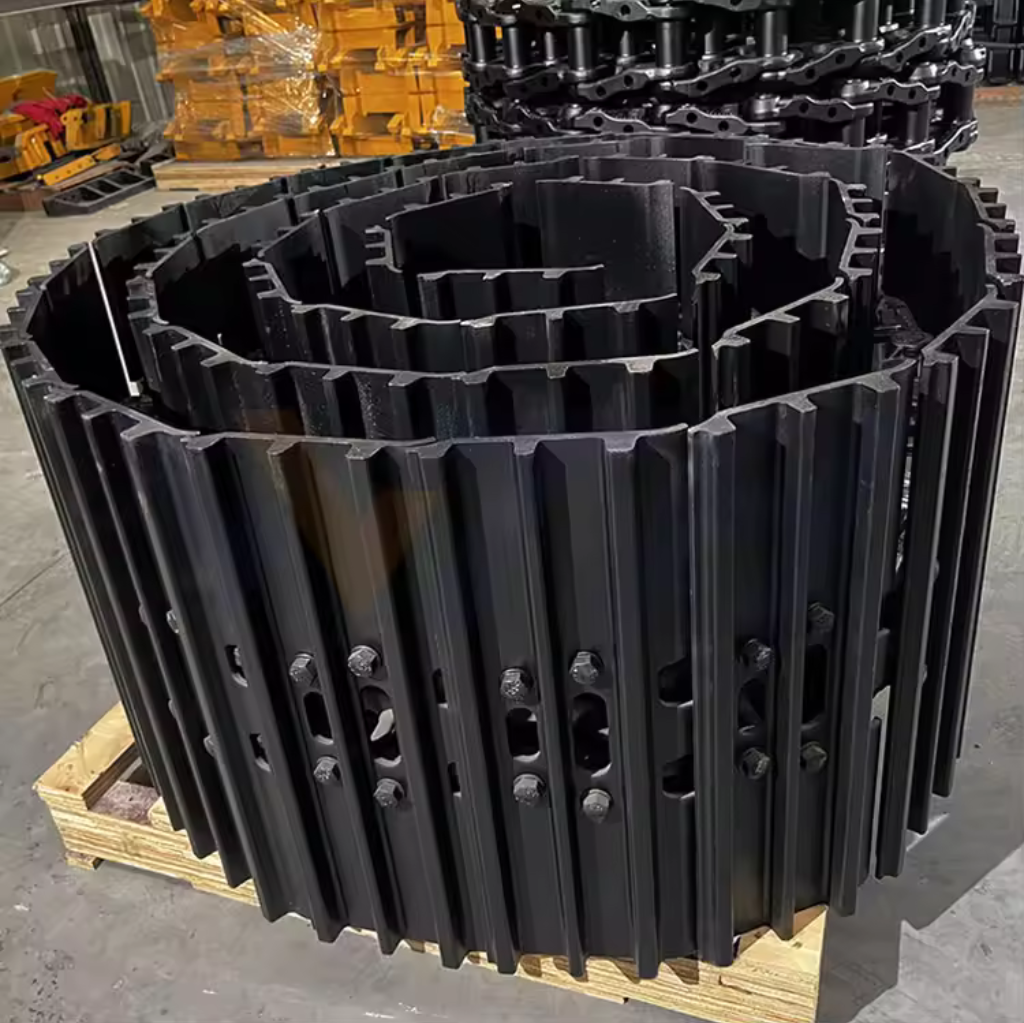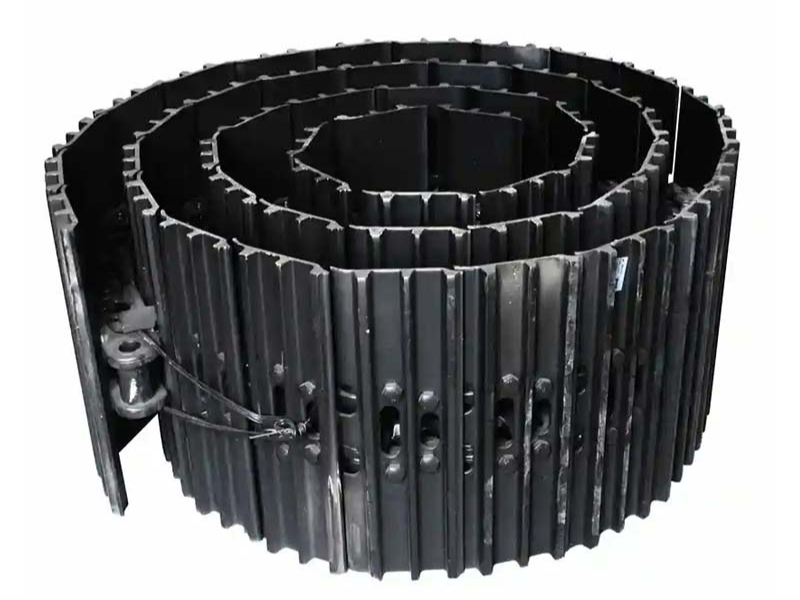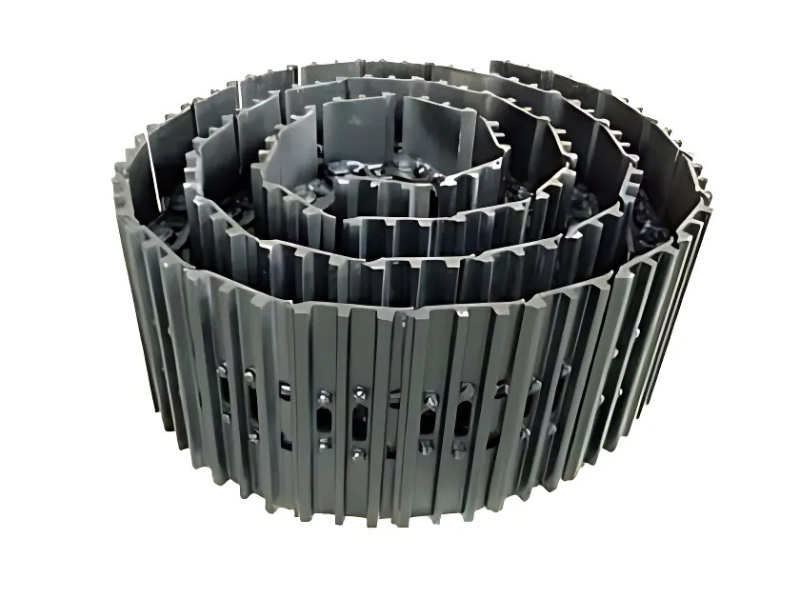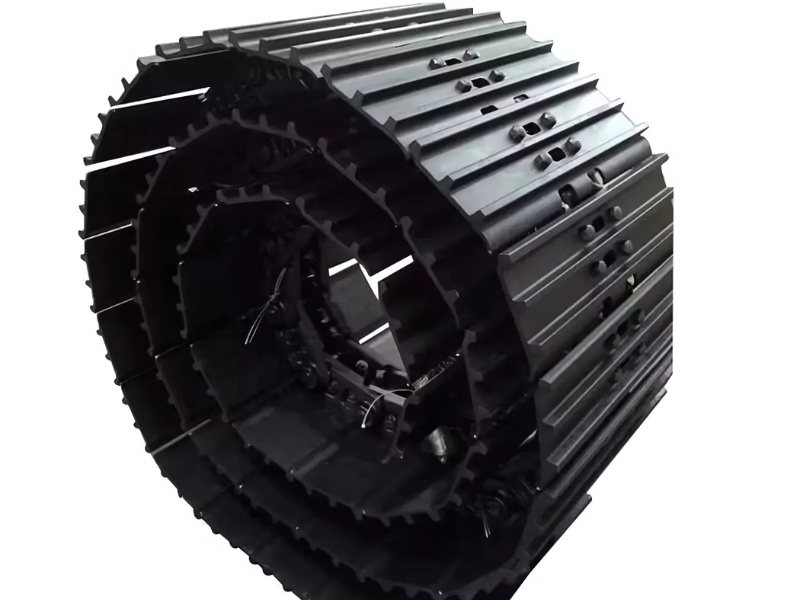
The Excavator track group in Chennai forms the backbone of the undercarriage, supporting the machine’s weight and ensuring stable movement across all terrains. Made up of track chains, shoes, pins, bushings, and links, it provides traction, load distribution, and balance during heavy-duty operations. Built from high-strength, wear-resistant materials, the track group withstands constant ground contact and harsh conditions, directly affecting machine performance and lifespan. With proper maintenance, it reduces downtime, lowers costs, and keeps excavators moving reliably on any job site.
An excavator track group is the complete undercarriage system that includes track shoes, links, pins, bushings, rollers, idlers, and sprockets. It acts as the machine’s “legs,” providing traction, stability, and mobility across tough terrains.
Its importance comes from:
Mobility – Enables smooth movement on mud, gravel, and rocky ground.
Stability – Supports heavy loads and maintains balance on uneven surfaces.
Durability – Reduces wear on the machine by absorbing shocks.
The track group is a system of parts that supports the excavator’s weight, provides traction, and ensures smooth movement.
Track Shoes (Grousers): Ground-contacting plates that give grip and stability while spreading weight.
Track Links & Pins: Form the track chain, holding shoes together and enabling flexible movement.
Track Rollers (Bottom): Support the machine’s weight and guide the track chain on the ground.
Carrier Rollers (Top): Hold up the upper track chain to prevent sagging and maintain alignment.

Excavator track shoes define traction, stability, and durability. The main types are:
Standard Track Shoes – General-purpose design for firm, even ground. Balanced performance, cost-effective, and gentle on surfaces.
Grouser Track Shoes – Feature raised bars for extra grip. Ideal for soft, muddy, or uneven terrain. Available in single, double, or triple grouser styles.
Excavator track groups face constant impact, friction, and heavy loads. Their durability relies on high-grade materials and precise manufacturing processes:
Alloy Steels: Track links, pins, bushings, and shoes are made from boron/manganese or chromium-molybdenum steels for strength and wear resistance.
Heat Treatment: Processes like induction hardening, carburizing, and quenching create tough cores with hardened surfaces, reducing wear and deformation.
Excavator track groups come in different designs to handle varied terrains and job demands.
Standard Track Groups: General-purpose, balanced for construction and earthmoving.
Heavy-Duty Track Groups: Reinforced for mining, quarrying, and demolition with higher wear resistance.
Swamp / LGP Track Groups: Wider shoes to lower ground pressure, ideal for soft or marshy ground.

Inspect regularly: Look for cracks, leaks, and uneven wear.
Maintain track tension: Avoid overtight or loose tracks to reduce stress.
Keep clean: Clear mud, rocks, and ice to prevent abrasive damage.
Proper tensioning and alignment keep excavator tracks reliable, reduce wear, and prevent costly downtime.
Too tight → stresses pins, bushings, and rollers, raising fuel use.
Too loose → risks derailment and uneven wear.

The track group carries the excavator’s weight and faces constant wear, making regular upkeep essential for longer service life and lower costs.
Clean & Inspect Daily: Remove mud, rocks, and debris; check for cracks, loose bolts, or abnormal wear.
Maintain Correct Track Tension: Avoid overly tight or loose tracks—adjust as per manufacturer guidelines.
The track group is the backbone of your excavator’s undercarriage, so choosing the right one ensures better stability, traction, and durability. Here’s what to consider:
Jobsite Conditions:
Soft ground → wider shoes for flotation
Rocky terrain → narrow, heavy-duty shoes
Paved areas → rubber tracks to reduce surface damage
Track Shoe Width:
Wider shoes = less sinking, more stability
Narrow shoes = higher ground pressure, better traction
The track group is the backbone of an excavator’s mobility and efficiency. High-quality tracks don’t just last longer—they save money over time.
Durability: Premium materials withstand heavy loads and tough terrains without premature wear.
Efficiency: Precision-fit components reduce friction, improving fuel economy and smoother operation.
Q1. What is an excavator track group?
It’s the complete undercarriage assembly, including track shoes, chains, pins, and bushings, that helps the excavator move and stay stable.
Q2. How often should I inspect it?
Check every 250–500 hours, or sooner in tough conditions.
Q3. What are the signs of wear?
Track sag, cracked shoes, worn pins/bushings, poor traction, or vibration.
Q4. Can I replace single parts?
Yes, but if most components are worn, replacing the whole group is better.
Q5. How long does a track group last?
With good care, 3,000–5,000 hours, less in harsh jobs.
Q6. How do I extend its life?
Keep correct tension, clean debris, avoid sharp turns, and service regularly.
Q7. Do mini and large excavators use the same track groups?
No—mini excavators often use rubber tracks, while large ones use steel for heavy duty.
Q8. Are aftermarket track groups reliable?
Good-quality aftermarket parts can match OEM performance at a lower cost.

Excavator Rock Bucket | Excavator Skeleton Bucket | Excavator Trapezoidal Bucket | Excavator Soil Bucket | Excavator Loader Bucket | Excavator Single-Shank Ripper | Excavator Triple-Shank Ripper | Excavator Track Link Assembly | Excavator Tooth Points | Excavator JCB Teeth & Side Cutter | Excavator Idler | Excavator Sprocket | Excavator Lower Roller | Excavator Undercarriage | Excavator Track Group | Excavator Bolts | Excavator Rock Bucket in Chennai | Excavator Skeleton Bucket in Chennai | Excavator Trapezoidal Bucket in Chennai | Excavator Soil Bucket in Chennai | Excavator Loader Bucket in Chennai | Excavator Single-Shank Ripper in Chennai | Excavator Triple-Shank Ripper in Chennai | Excavator Track Link Assembly in Chennai | Excavator Tooth Points in Chennai | Excavator JCB Teeth & Side Cutter in Chennai | Excavator Idler in Chennai | Excavator Sprocket in Chennai | Excavator Lower Roller in Chennai | Excavator Undercarriage in Chennai | Excavator Track Group in Chennai | Excavator Bolts in Chennai | Excavator Rock Bucket in India | Excavator Skeleton Bucket in India | Excavator Trapezoidal Bucket in India | Excavator Soil Bucket in India | Excavator Loader Bucket in India | Excavator Single-Shank Ripper in India | Excavator Triple-Shank Ripper in India | Excavator Track Link Assembly in India | Excavator Tooth Points in India | Excavator JCB Teeth & Side Cutter in India | Excavator Idler in India | Excavator Sprocket in India | Excavator Lower Roller in India | Excavator Undercarriage in India | Excavator Track Group in India | Excavator Bolts in India
TEAM. All Rights Reserved. Developed by Pixel Tech.